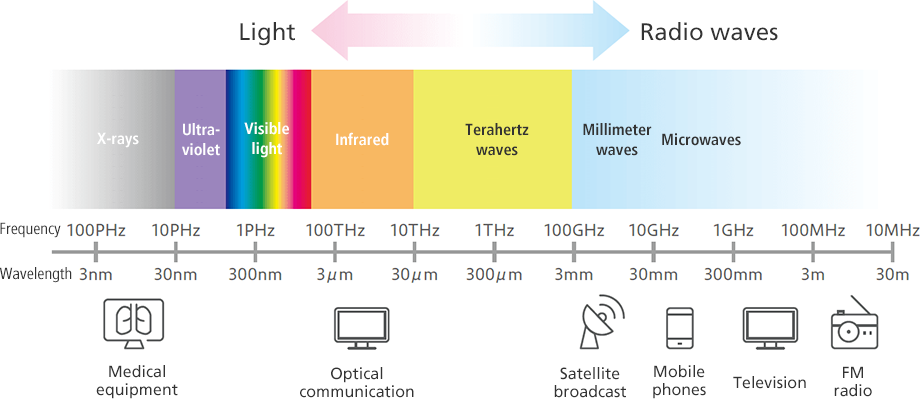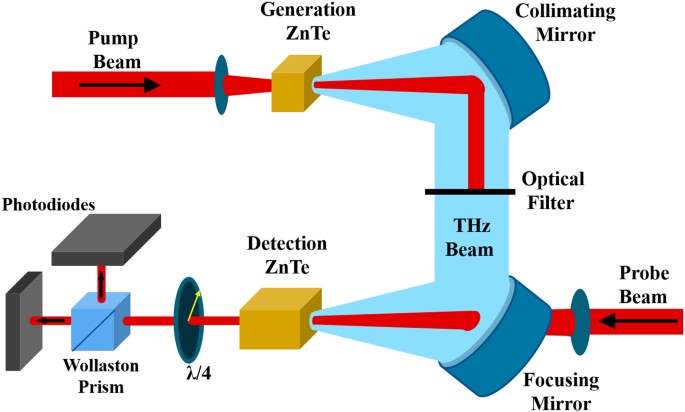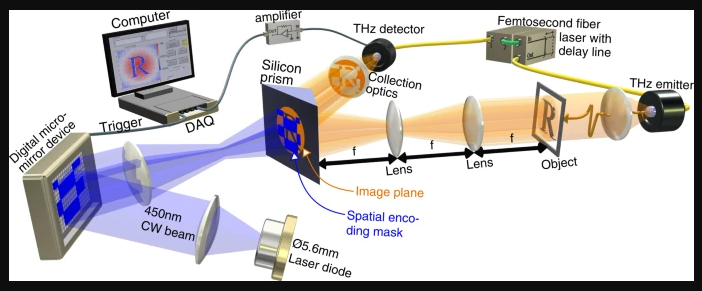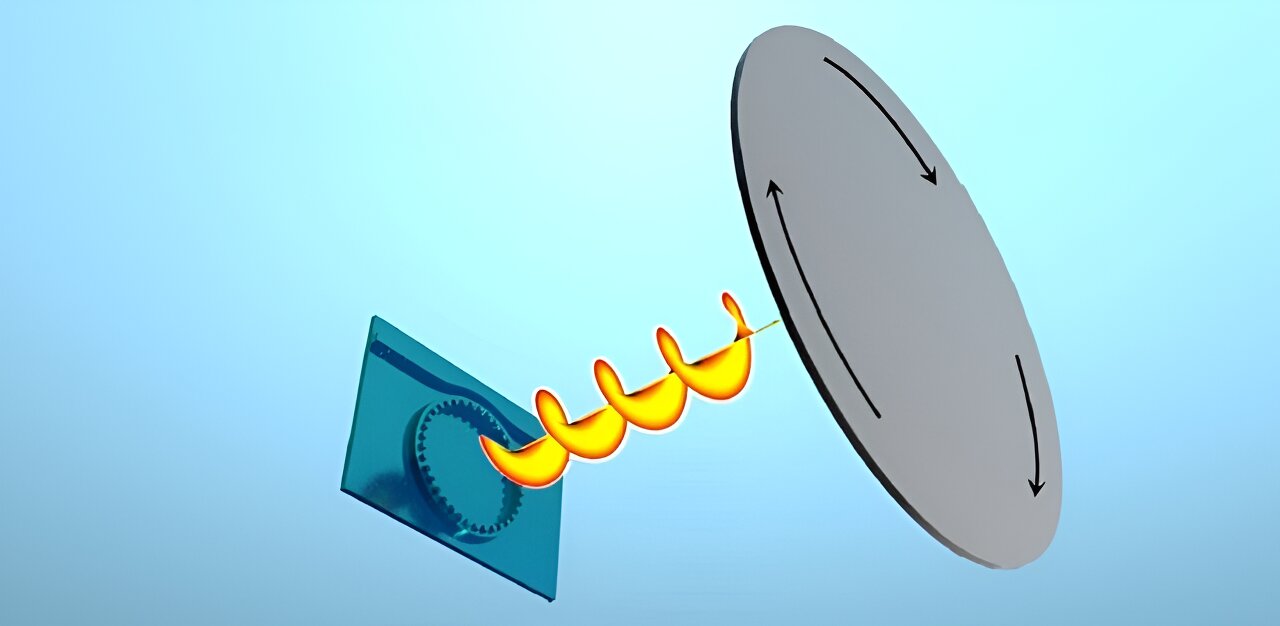Terahertz characteristics Precautions for use

Terahertz characteristics
- Quantum energy and blackbody temperature are very low, as shown in Table 1.
- The vibrational and rotational frequencies of many biological macromolecules lie within the THz band, so utilizing THz waves can yield abundant information about biological organisms and their materials.
- THz radiation can penetrate substances such as ceramics, fats, carbon plates, fabrics, and plastics with minimal attenuation.
- The signal-to-noise ratio of THz time-domain spectroscopy is very high, making THz highly suitable for imaging applications.
- The instantaneous bandwidth is very wide (0.1 to 10 THz), which is beneficial for high-speed communication, as shown in the figure on the right.

THz-TDS
Currently, commercial operations have already begun, and several companies worldwide, mainly from China, the United States, Europe, and Japan, have started producing commercial THz time-domain spectrometers. The basic principle of THz time-domain spectroscopy is to generate and detect time-resolved THz electric fields using femtosecond pulses, and then obtain the spectral information of the measured object through Fourier transform. Since the vibrational and rotational energy levels of large molecules are mostly in the THz band, and large molecules, especially biological and chemical macromolecules, are groups of substances with inherent physical properties, it is possible to analyze and identify the structure and properties of substances through characteristic frequencies. One important application could be in pharmaceutical quality control. Imagine installing a THz time-domain spectrometer on the production line of a pharmaceutical factory. Every tablet produced by the factory undergoes spectral measurement and is compared with the spectrum of the standard drug. Qualified tablets proceed to the next stage, while defective tablets are removed from the production line, avoiding quality differences between different tablets or batches and ensuring the quality of the medication.

THz imaging technology
Like other imaging techniques in different spectral bands, THz imaging technology also utilizes THz rays to irradiate the object being measured, obtaining information about the sample through transmission or reflection, and then forming an image. THz imaging technology can be divided into two methods: pulsed and continuous. The former possesses the characteristics of THz time-domain spectroscopy. At the same time, it can perform functional imaging of material groups, obtaining the distribution of refractive indices within the material. For example, with a sunflower seed, it is possible to easily obtain internal information about the seed. Figures 3-4 show the physical photograph of a sunflower seed sample and the corresponding THz transmission image reconstructed using the method, which can clearly distinguish the contour of the shell and the shape of the kernel hidden inside the shell, which is highly desirable. Similarly, if the sample is a human tooth, the normal parts of the tooth and the damaged or decayed parts can be easily distinguished, and there is no additional harm to the human body as X-rays are not required.

THz radar
In essence, this is also a form of imaging. Given the strong absorption of THz rays by moisture in the atmosphere, short-range radar represents a strength of THz technology. One highly anticipated application is through-wall radar and mine detection radar, which can also be used in search and rescue operations for victims in earthquake relief efforts, although these are still in the research and development stage. This is because materials such as walls and wood allow THz rays to pass through, whereas the human body, which contains a significant amount of water, does not. Therefore, it is possible to detect the distribution and activities of individuals inside a building through the walls, which can have a profound impact on counter-terrorism and anti-kidnapping efforts. Similarly, this technology can also be used to locate individuals beneath rubble. As for mine detection radar, it is based on the fact that mines are typically located on or near the surface of the ground, and dry soil allows THz rays to pass through. The mines will reflect the THz rays back, enabling the detection of the targets.
